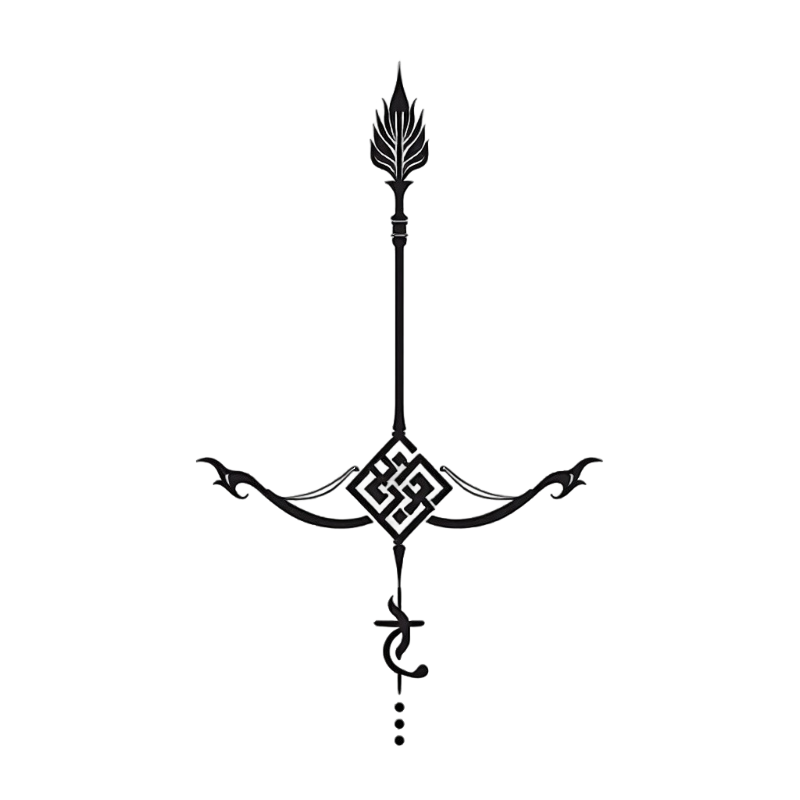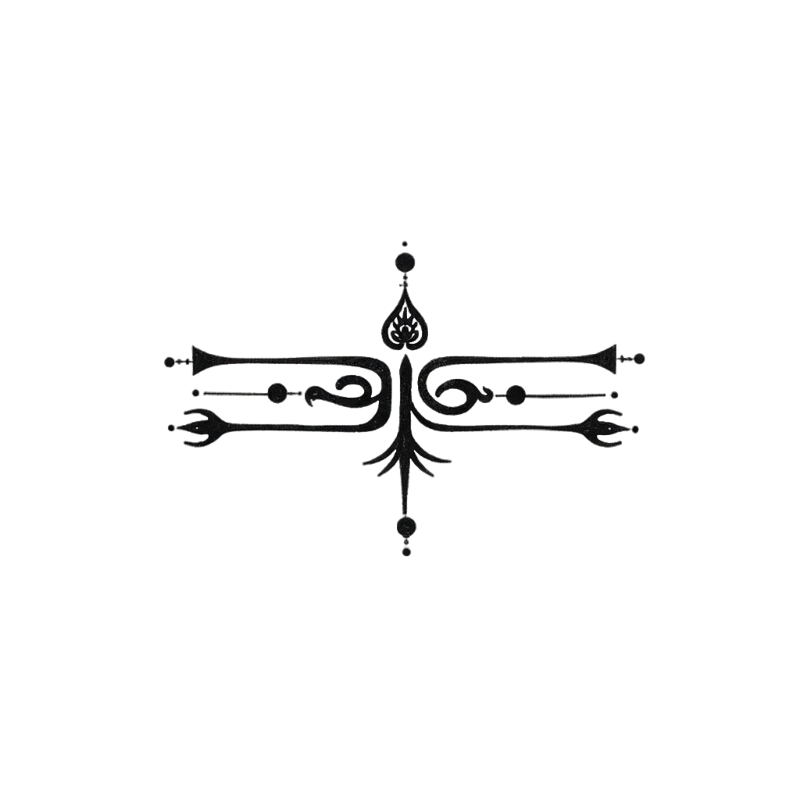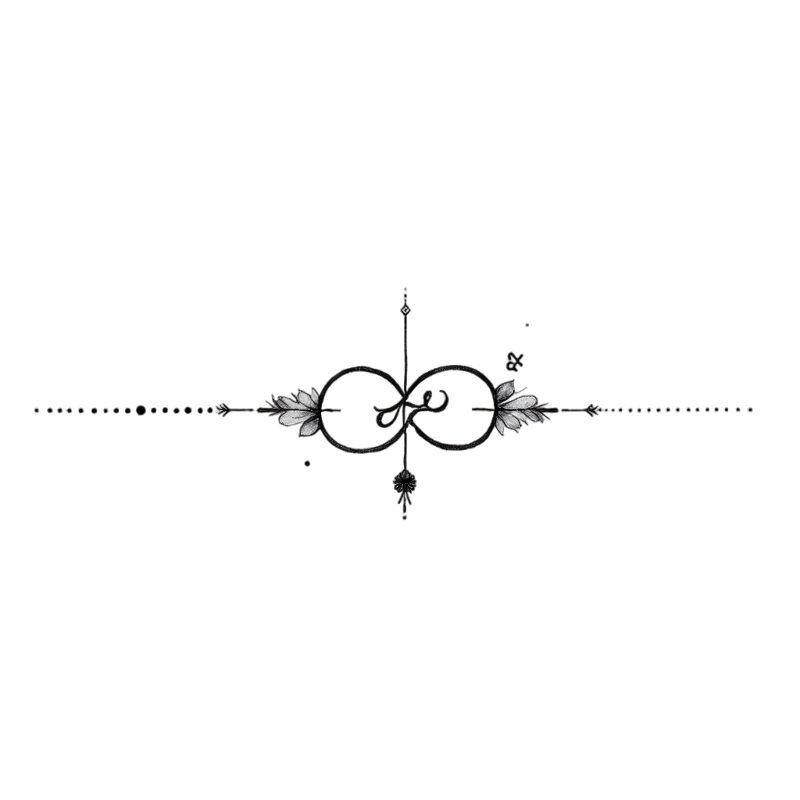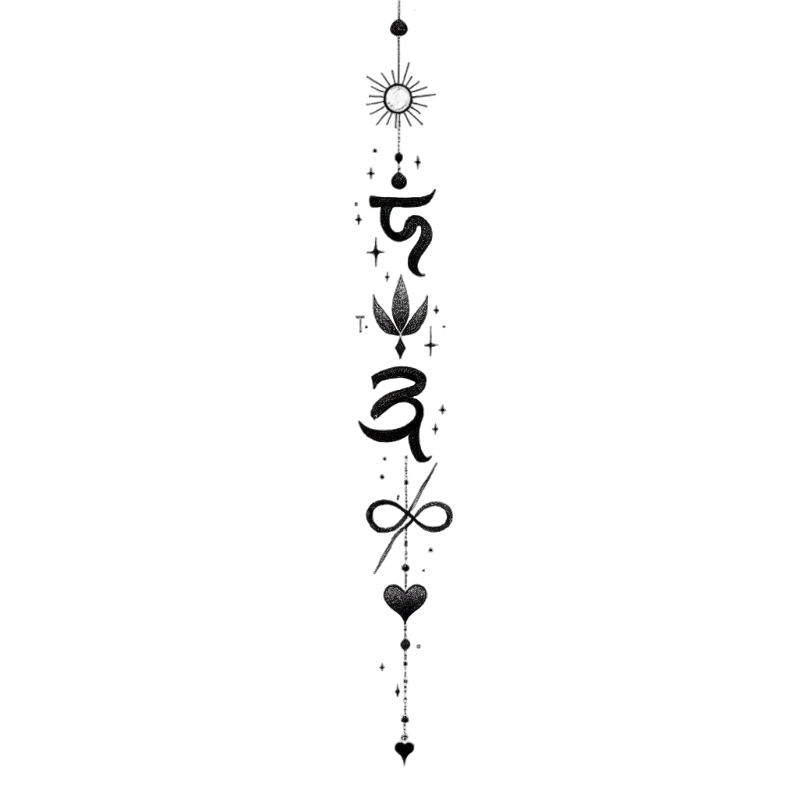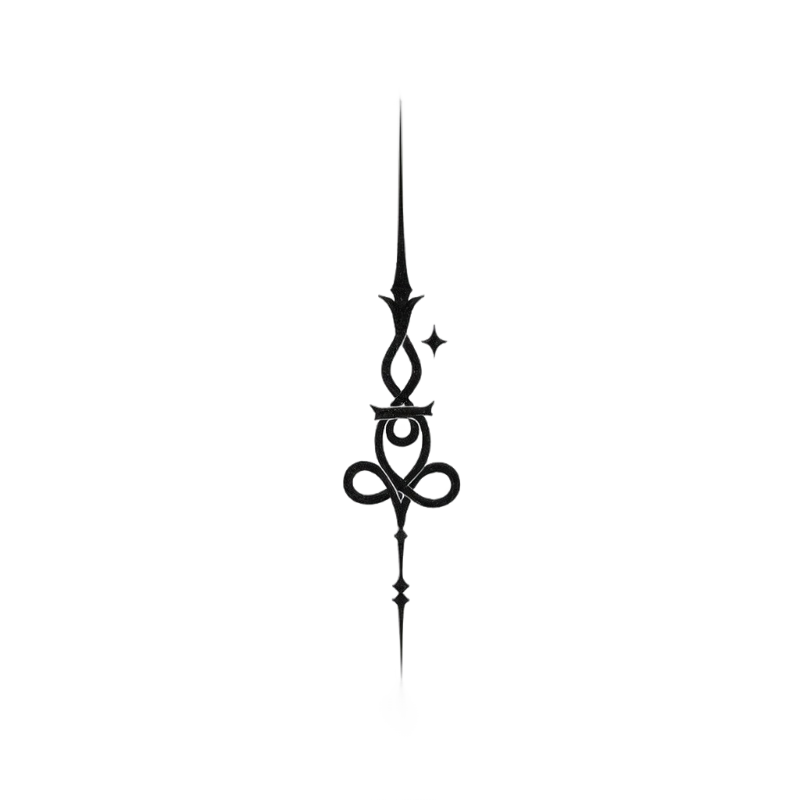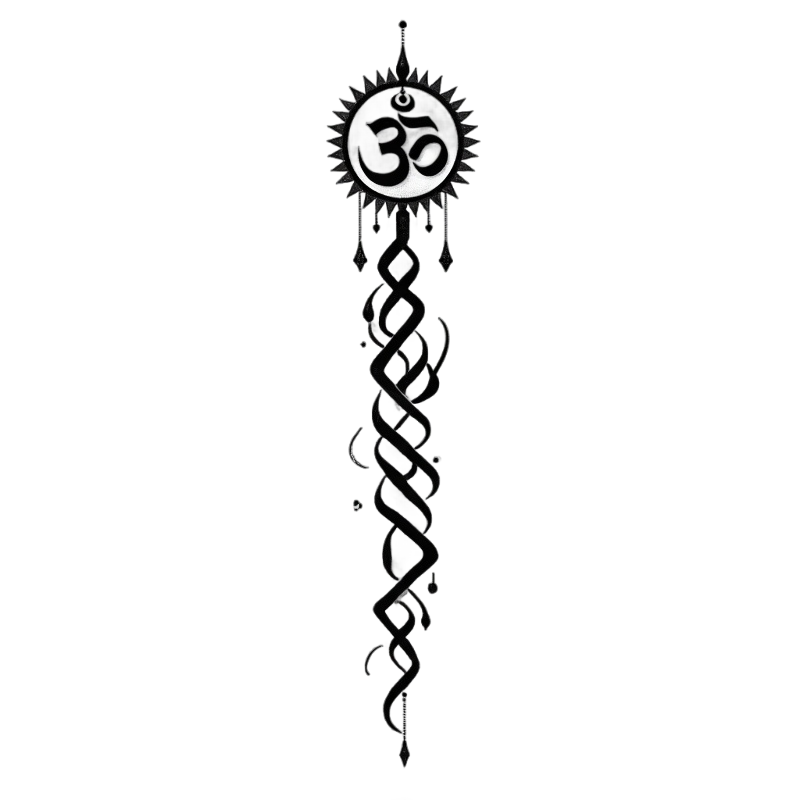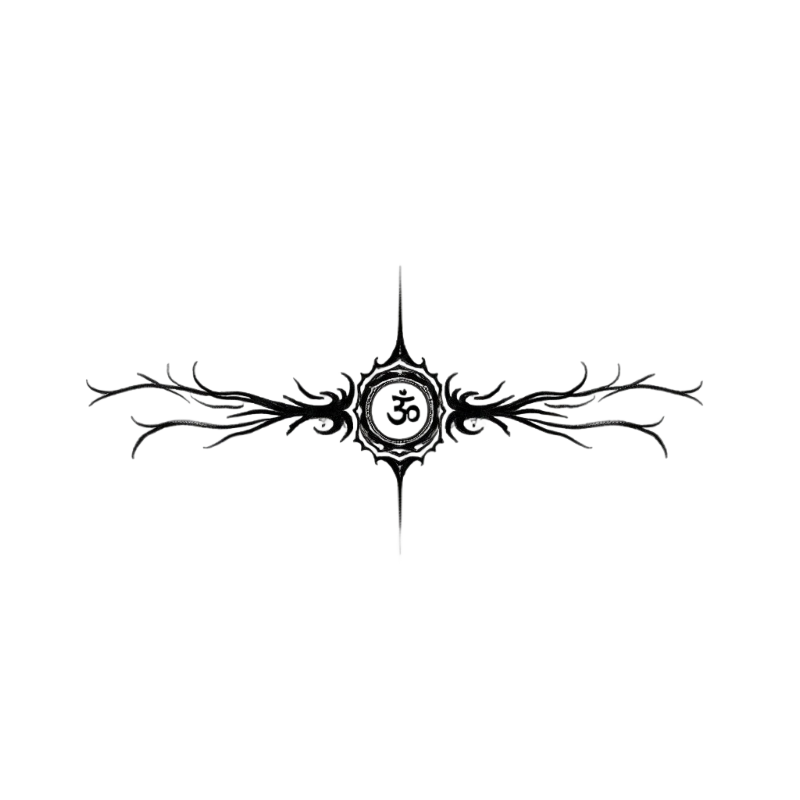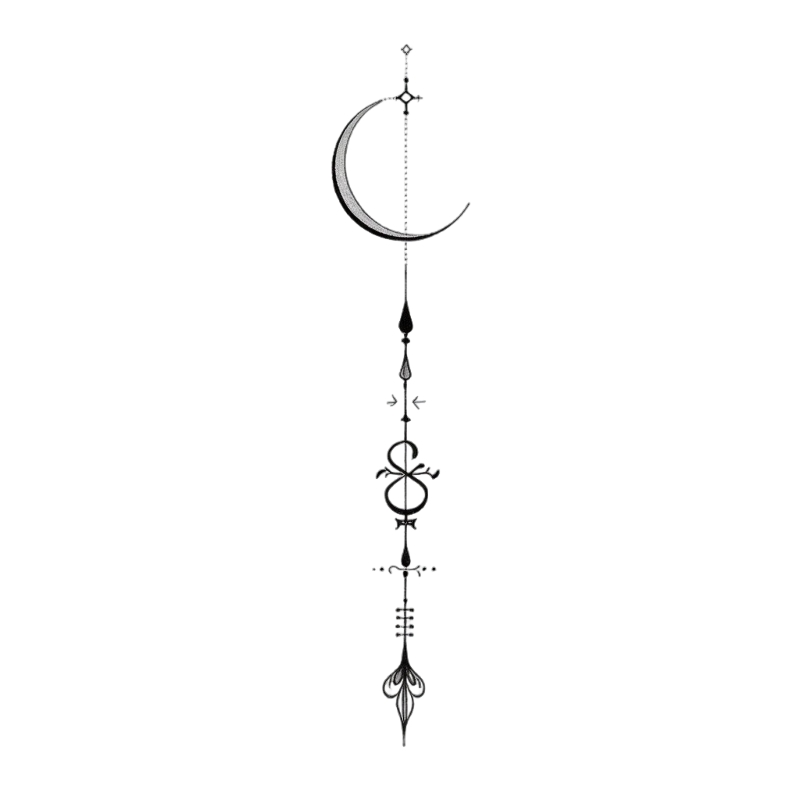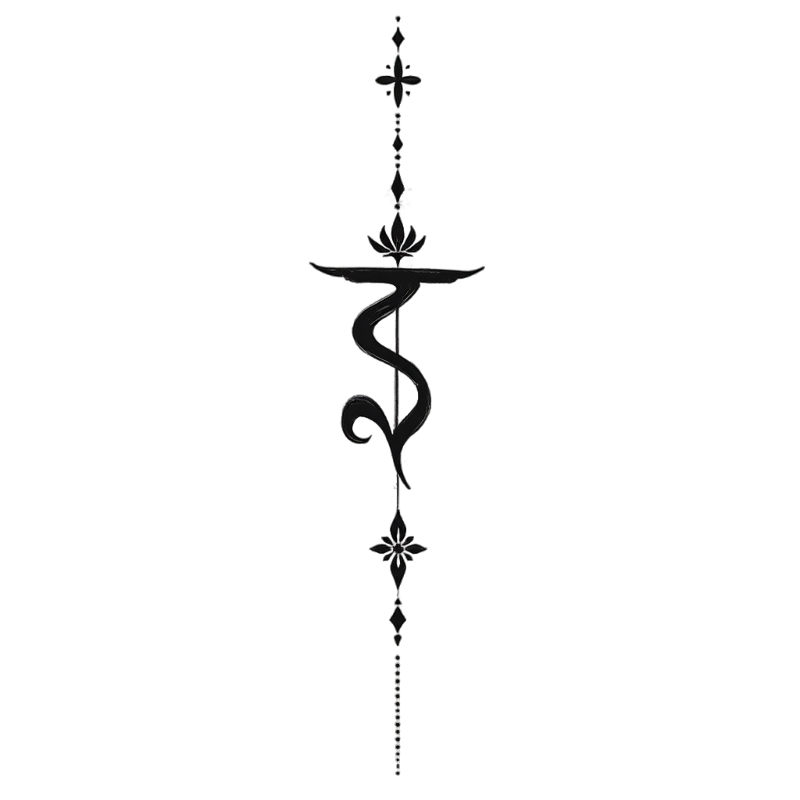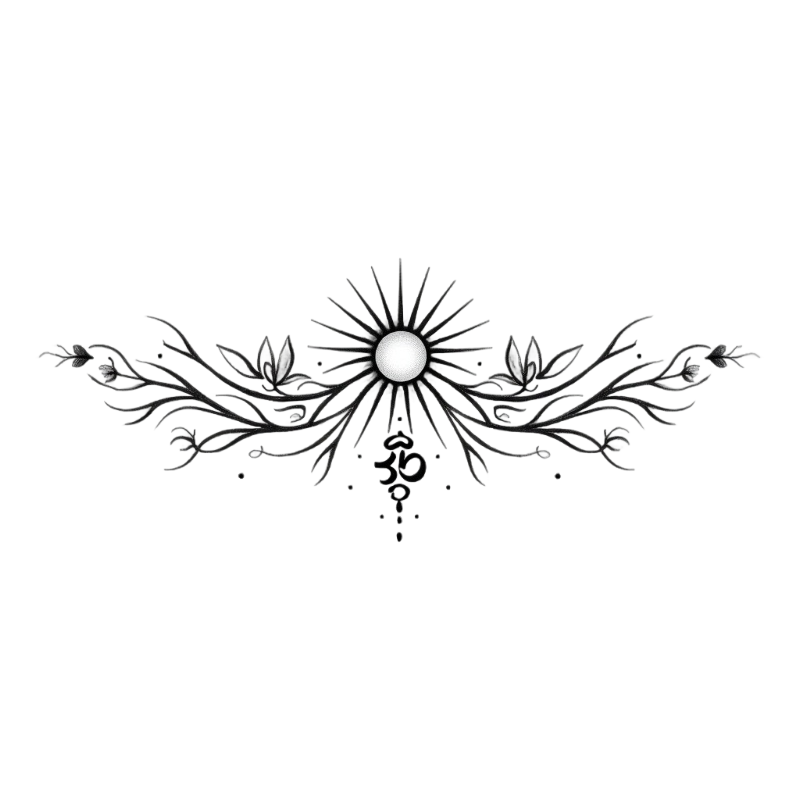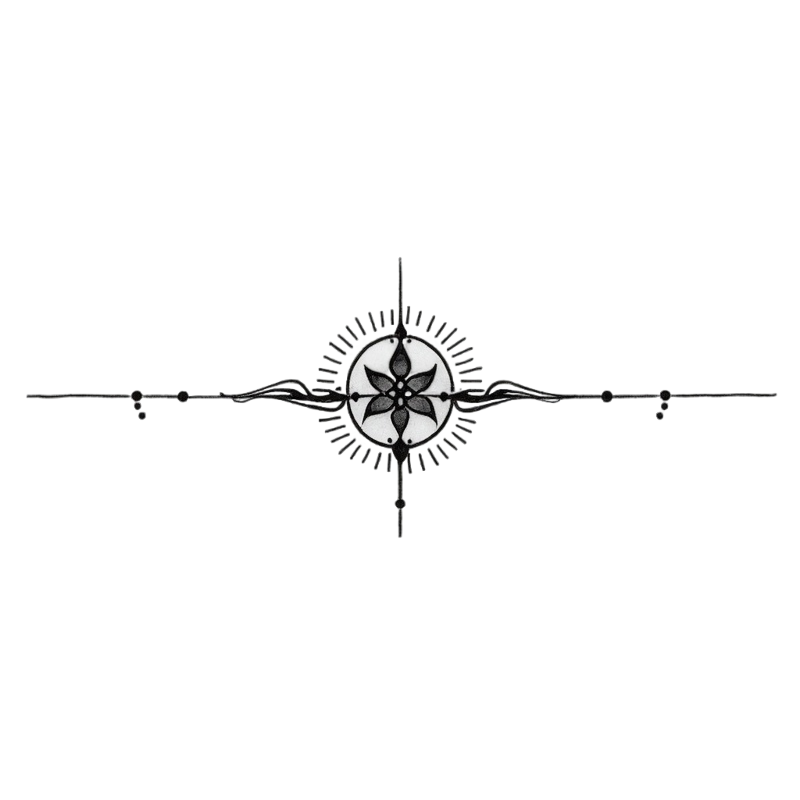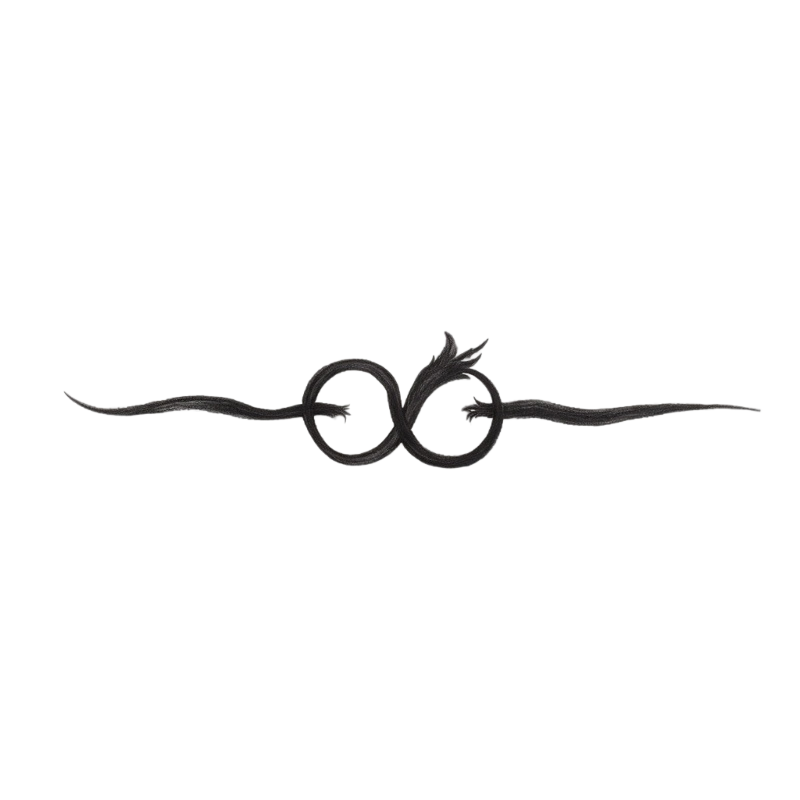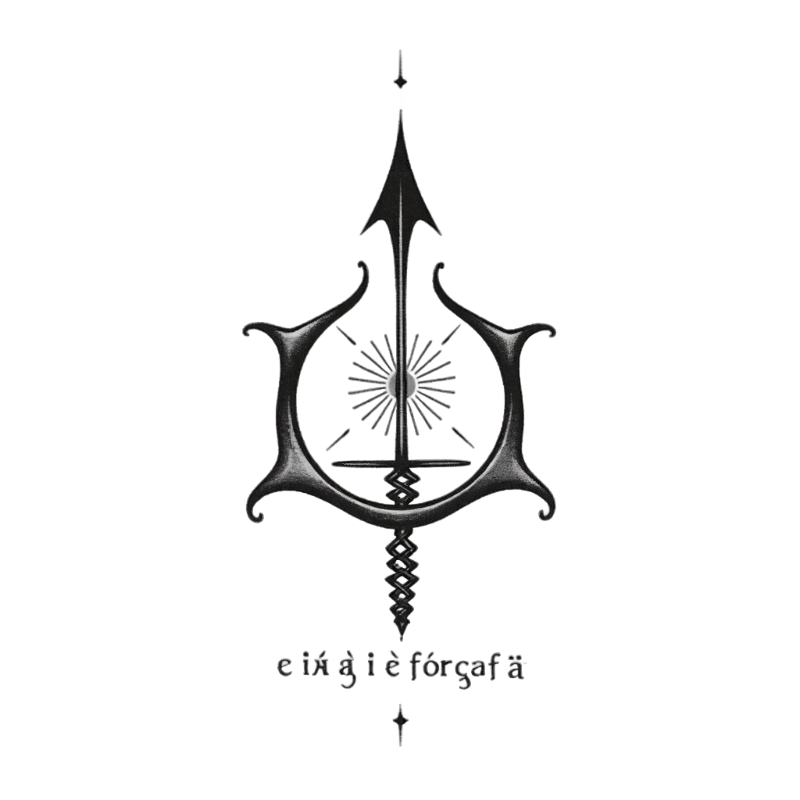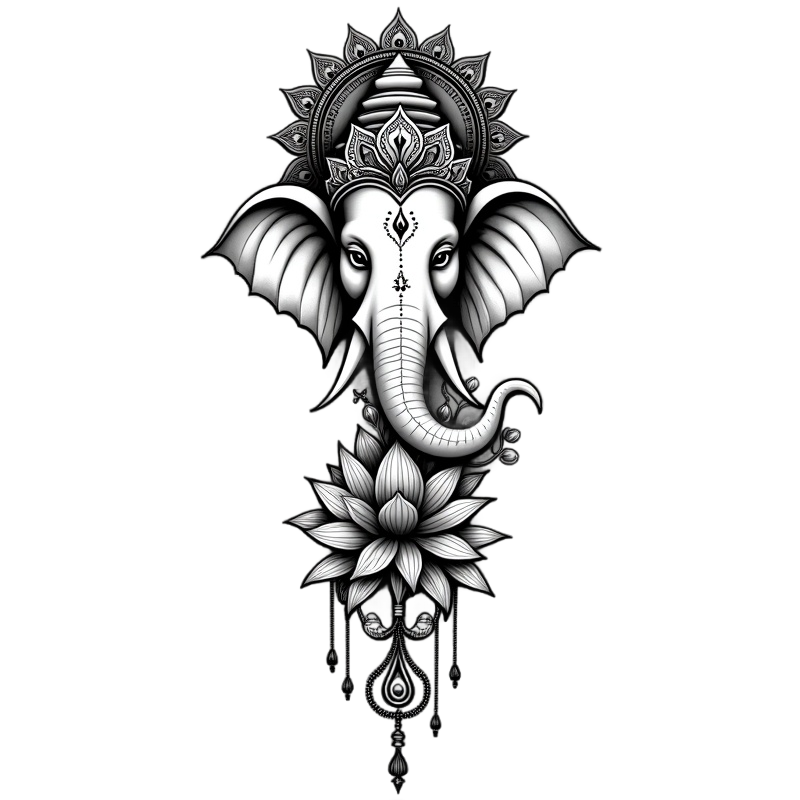Hindi Tattoo Ideas, Designs and Meaning
Meaning of Hindi Tattoos
- Hindi tattoos often feature words or phrases written in the Devanagari script, which is used for several Indian languages, including Hindi.
- These tattoos are popular for their aesthetic appeal and the deep meanings they can convey through simple words or phrases.
- Common meanings include expressions of love, strength, spirituality, and personal mantras.
- Culturally, Hindi tattoos can reflect a connection to Indian heritage and spirituality, often incorporating elements of Hinduism or Buddhism.
- Historically, the Devanagari script has been used for centuries in sacred texts, adding a layer of spiritual significance to these tattoos.
- Hindi tattoos can be versatile in style, ranging from simple script to elaborate designs incorporating traditional Indian motifs.
- They are popular among both men and women, often placed on visible areas like the forearm, wrist, or back.
- The choice of words or phrases is highly personal, often reflecting the individual's beliefs, values, or life experiences.
- Some people choose Hindi tattoos to honor their cultural roots or to symbolize a personal journey or transformation.
- It's important to ensure accurate translation and spelling when choosing a Hindi tattoo to preserve its intended meaning.
1,923 Tattoo Ideas


BEST FOREARM HINDI SCRIPT TATTOO DESIGNS
Selection from Pinterest


Tattoos 1960 | Pune
Selection from Pinterest
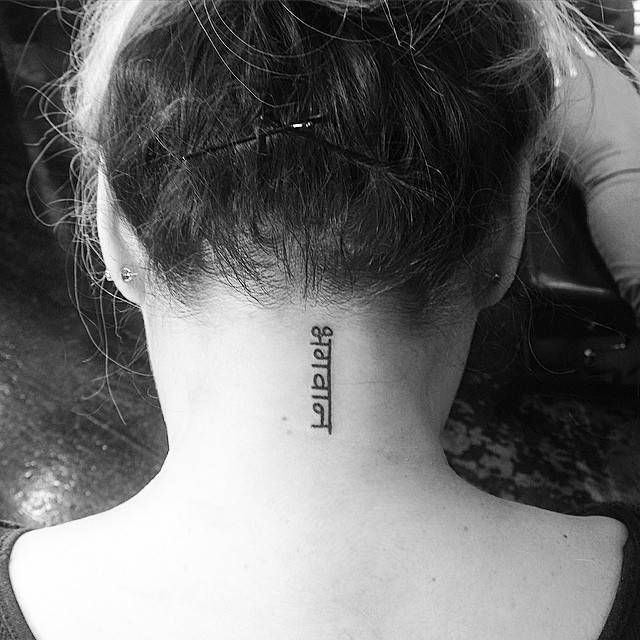

God in hindi on the back of the neck - Tattoogrid.net
Selection from Pinterest
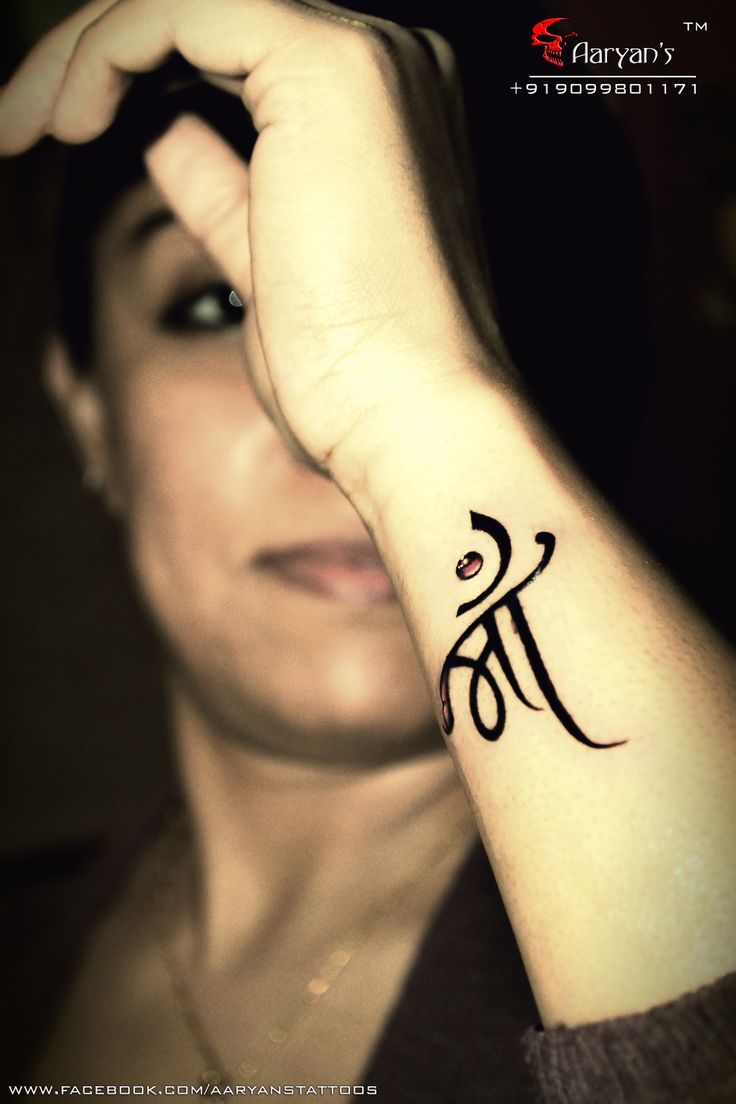

Hindi #Calligraphy #Maa #Tattoo, #Perfect #Placement #DoneBy #Aaryans #Ahmedabad.. #CallForYourCustomized #Tattoos: +919099801171
Selection from Pinterest
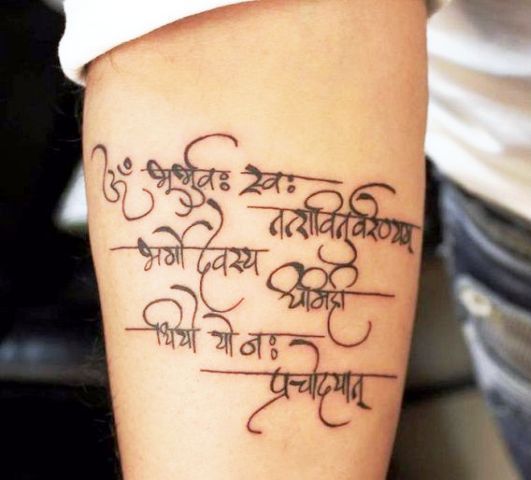

25 Amazing Sanskrit Tattoo Designs With Meanings - Body Art Guru
Selection from Pinterest


Indian Style Tattoo Designs Images & Pictures - Becuo
Selection from Pinterest
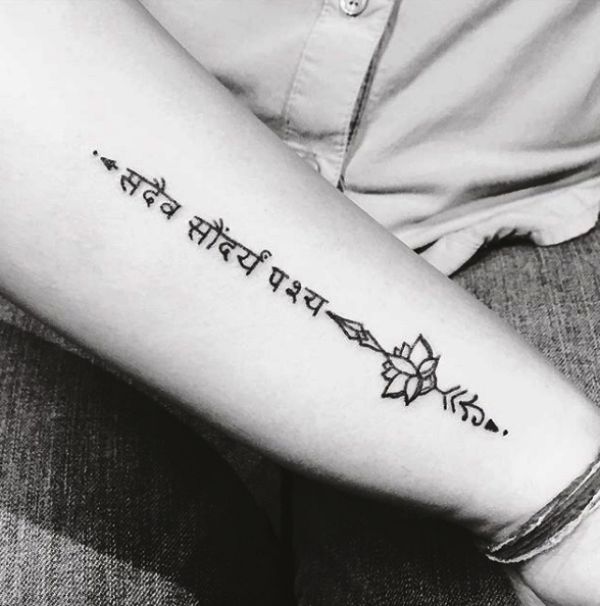

42 Powerful Sanskrit Tattoo Ideas with Deep Meanings
Selection from Pinterest
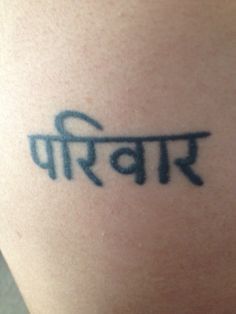

Family in Hindi
Selection from Pinterest
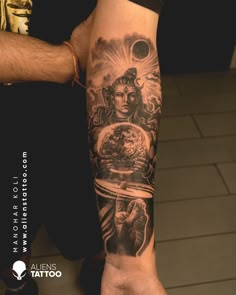

Discover 32 Hindu Tattoos and Trishul Tattoo Designs Ideas | polynesian tattoos, buddhist symbol tattoos, om tattoo design and more
Selection from Pinterest
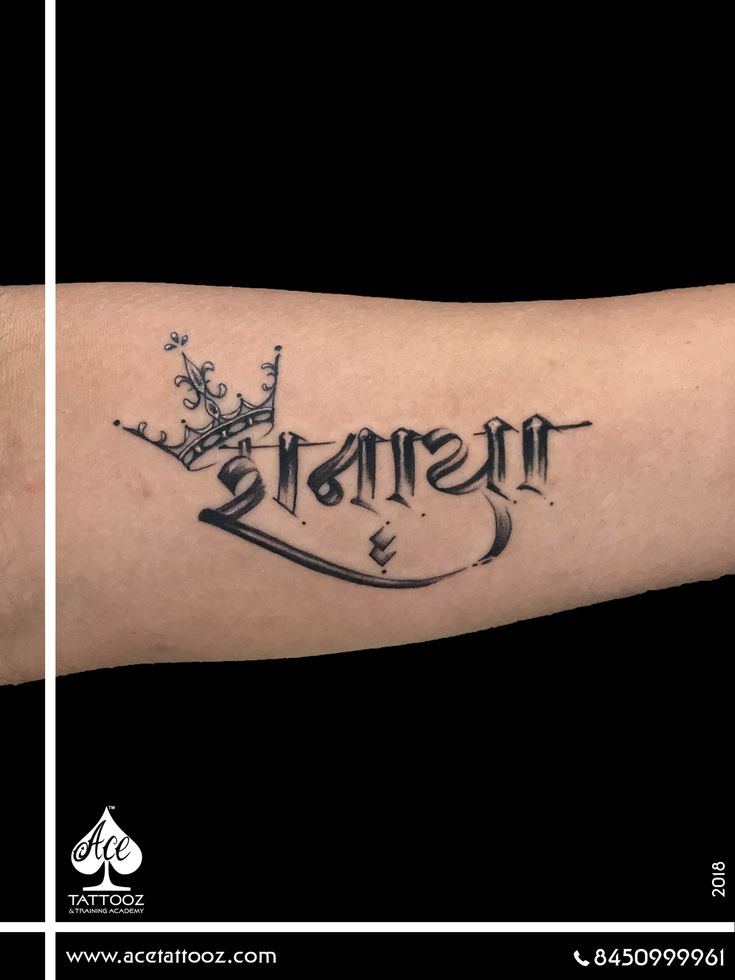

Hindi calligraphy tattoo done by ACE Tattooz & Art Studio INDIA
Selection from Pinterest


Best hindi tattoo ideas design - Rajput Proud
Selection from Pinterest


15 Best Sanskrit Tattoo Designs to Honour the Language!
Selection from Pinterest
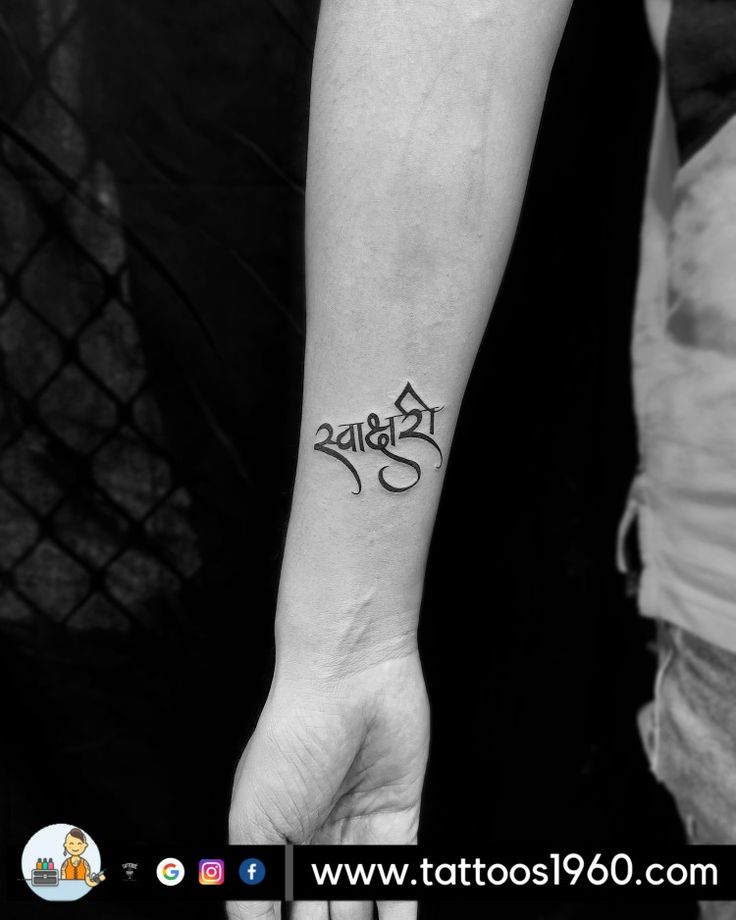

hindi +calligraphy +tattoo +ideas +photos +marathi +name +tattoo ideas
Selection from Pinterest
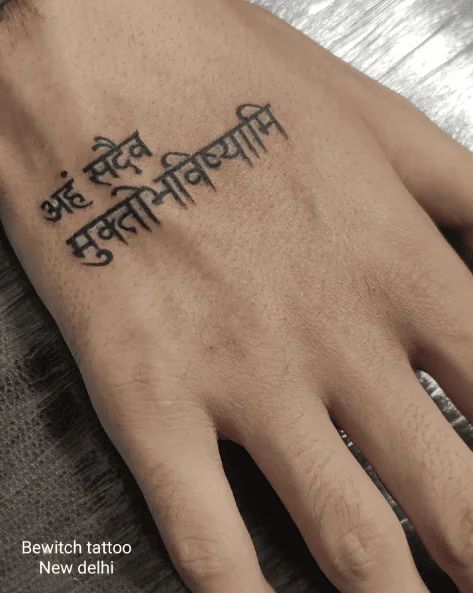

30+ Sanskrit Tattoo Ideas To Pay Homage To Indian And Hindu Culture
Selection from Pinterest
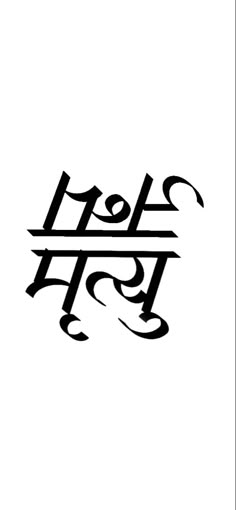

Discover 95 Unique and tattoo designs ideas | art tattoo, body art tattoos, shiva tattoo design and more
Selection from Pinterest


15 Best Sanskrit Tattoo Designs to Honour the Language!
Selection from Pinterest
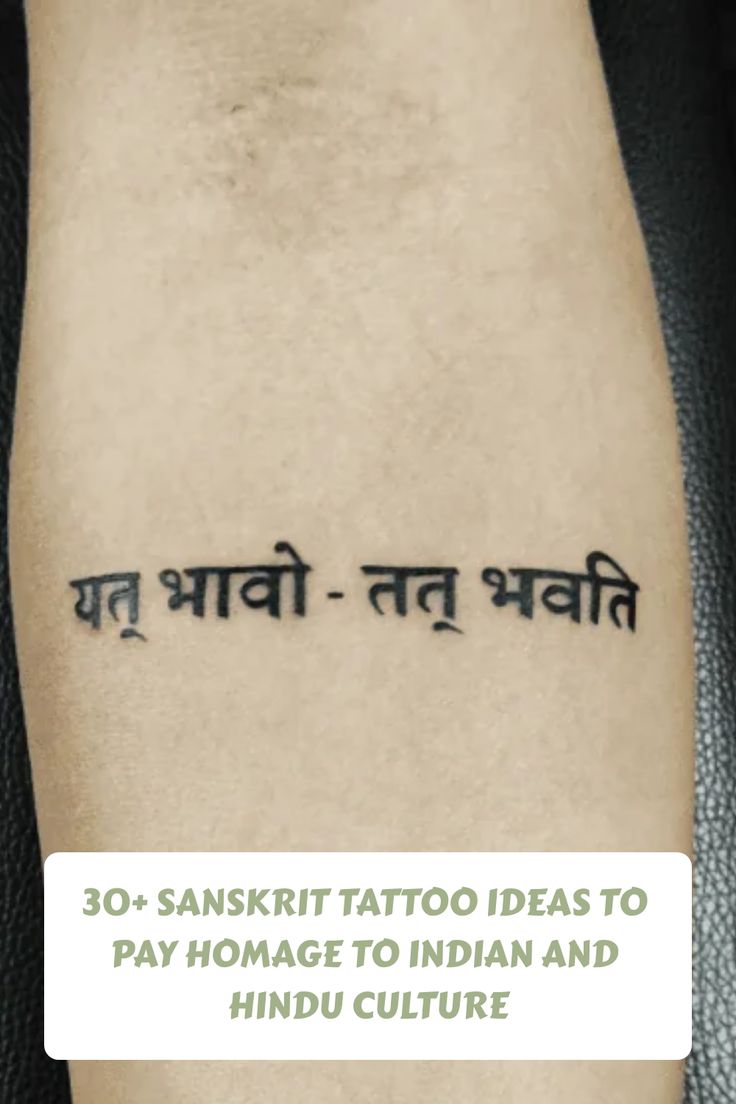

30+ Sanskrit Tattoo Ideas to Pay Homage to Indian and Hindu Culture
Selection from Pinterest
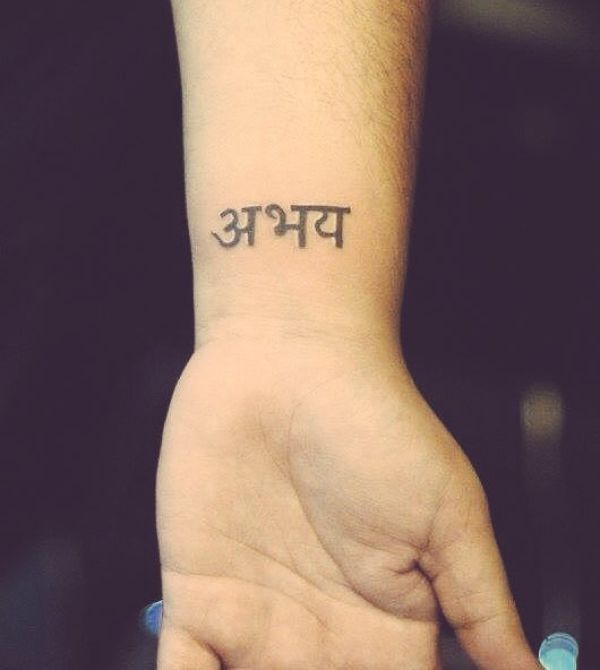

Powerful Sanskrit Tattoo Ideas With Deep Meanings
Selection from Pinterest
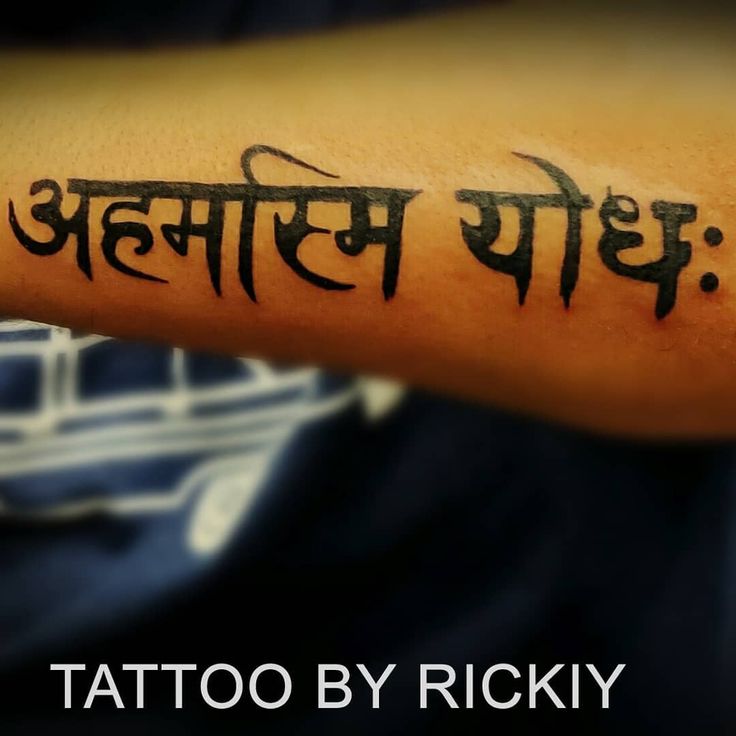

101 Amazing Sanskrit Tattoo Ideas That Will Blow Your Mind! | Sanskrit tattoo, Tattoos, Word tattoos
Selection from Pinterest


Hindi tattoo.
Selection from Pinterest


15 Best Sanskrit Tattoo Designs to Honour the Language!
Selection from Pinterest


8 Tattoos ideas | tattoos, sanskrit tattoo, hindi calligraphy
Selection from Pinterest
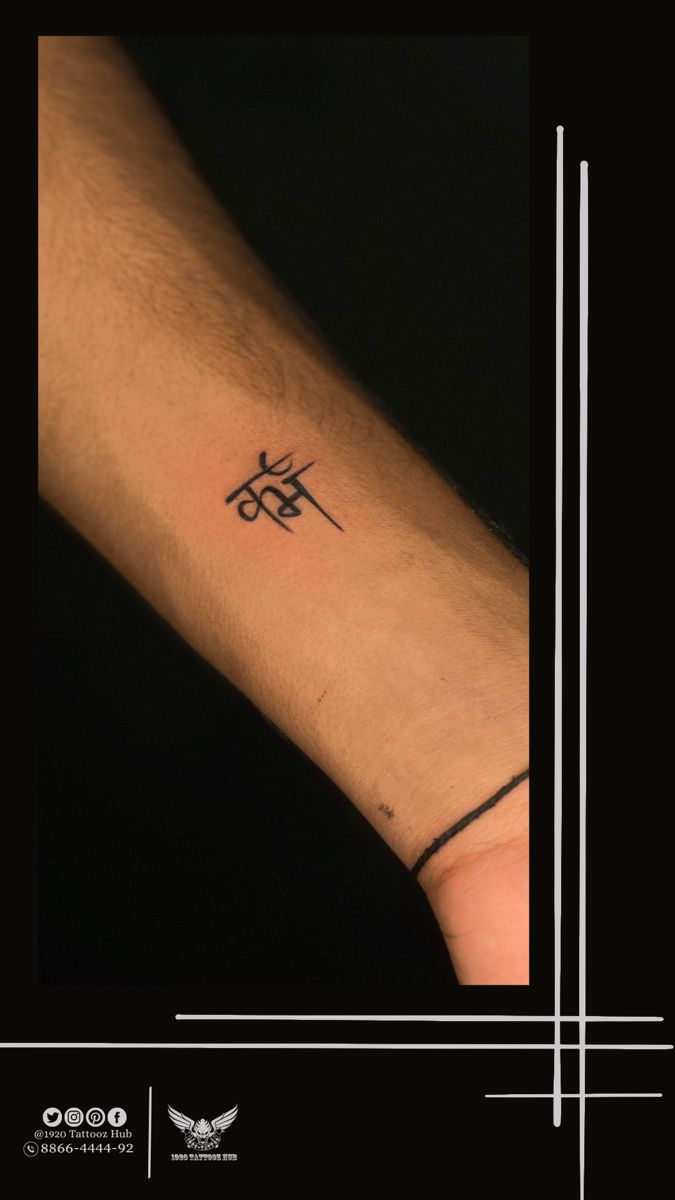

Karma Tattoo with Hindi Calligraphy'
Selection from Pinterest
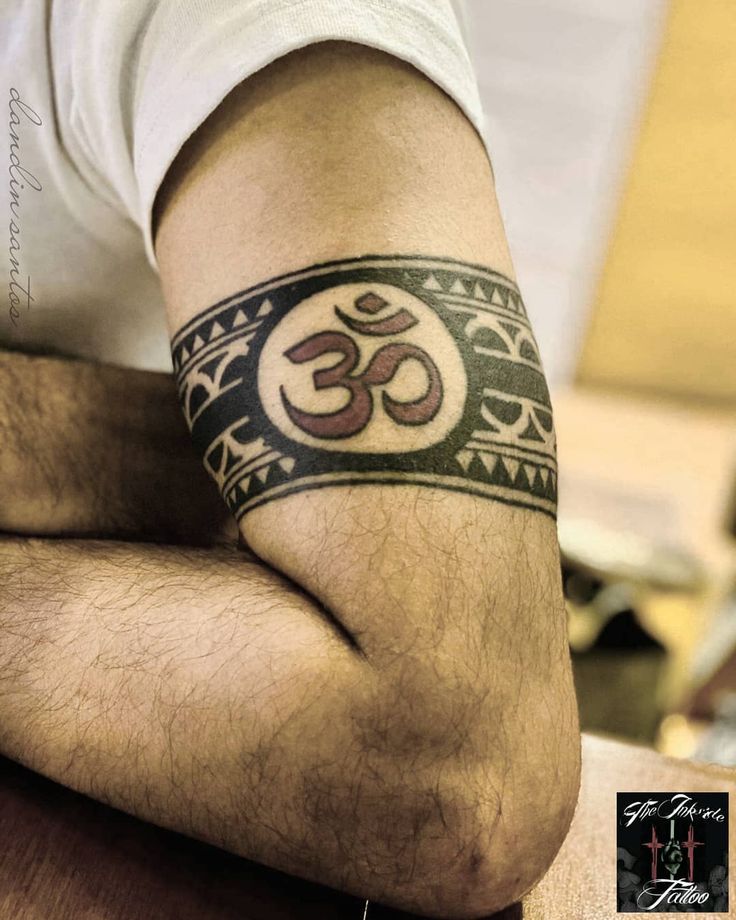

101 Amazing Hindu Tattoo Designs For 2024!
Selection from Pinterest
One App to Store All Your Tattoo Ideas
Store your tattoo ideas in one place and Virtual Try-On them on your body!

Avoid Regrets with 3D Virtual Try-On!
Do a 3D Virtual Try-On to see how your tattoo design looks like on your body before you get it tattooed. Powered by Tatship's AI and 3D technology.



Cultural Considerations and Taboos for Hindi Tattoos
When considering a Hindi tattoo, it's important to be aware of cultural sensitivities. Using sacred words or symbols without understanding their significance can be seen as disrespectful. For instance, the 'Om' symbol is deeply spiritual, and placing it on parts of the body considered unclean, such as the feet, could be offensive to some. Additionally, using religious symbols or names of deities in a tattoo might be frowned upon by more conservative individuals. It's crucial to approach these tattoos with respect and understanding of their cultural and religious significance.
Popular Tattoo Styles and Variations for Hindi Tattoos
Hindi tattoos can be designed in various styles, ranging from simple and elegant to intricate and detailed. Popular styles include traditional script tattoos, where the focus is on the beauty of the Devanagari script itself. Some people opt for a more modern or artistic interpretation, incorporating elements like mandalas, lotus flowers, or other Indian motifs. Watercolor effects or black and grey shading can add depth and dimension to the tattoo. The style chosen often reflects the personal taste of the individual and the significance of the tattoo's meaning.
Historical Origins and Evolution of Hindi Tattoos
The use of tattoos in Indian culture dates back centuries, with various tribes and communities using body art for different purposes, such as social status, religious beliefs, or protection against evil spirits. The Devanagari script, used in Hindi tattoos, has a rich history as it is one of the oldest scripts in the world, with roots in ancient Brahmi script. While tattoos in India have traditionally been more prevalent among tribal communities, the modern popularity of Hindi tattoos has grown globally, often as a way for individuals to connect with their heritage or express personal beliefs.
